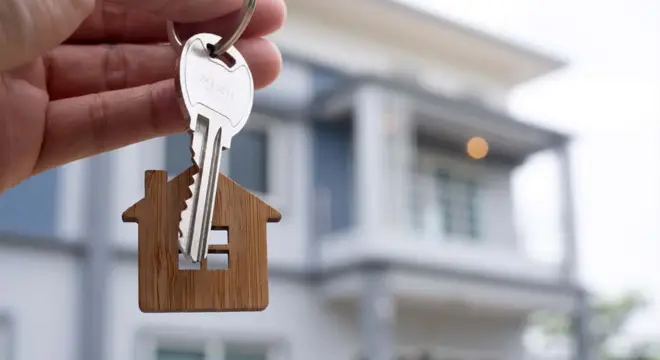10 Critical Home Inspection Checks Most Buyers Overlook
You know the drill—check the roof, test the plumbing, scan the walls for cracks. Every home inspection checklist says the same things. And yeah, those basics matter. But here’s the truth most buyers learn too late: it’s not the obvious stuff that bites you—it’s the things no one reminds you to look for.
I’ve seen buyers walk into their “dream home” only to face thousands in repairs six months later—because they missed things the standard checklists don’t even mention. Not because they were careless. Because no one told them what really matters.
This list? It’s not the usual top-10. It’s the one experienced buyers wish they had the first time around.
Let’s go over the most overlooked—but absolutely critical—things every smart homebuyer should inspect before signing anything.
And trust me, #6 alone can save you from months of regret.
1. Drainage & Site-Level Grading
Most buyers walk around a house and think, “Nice yard.” What they don’t check is whether that yard is quietly planning to flood the basement six months from now.
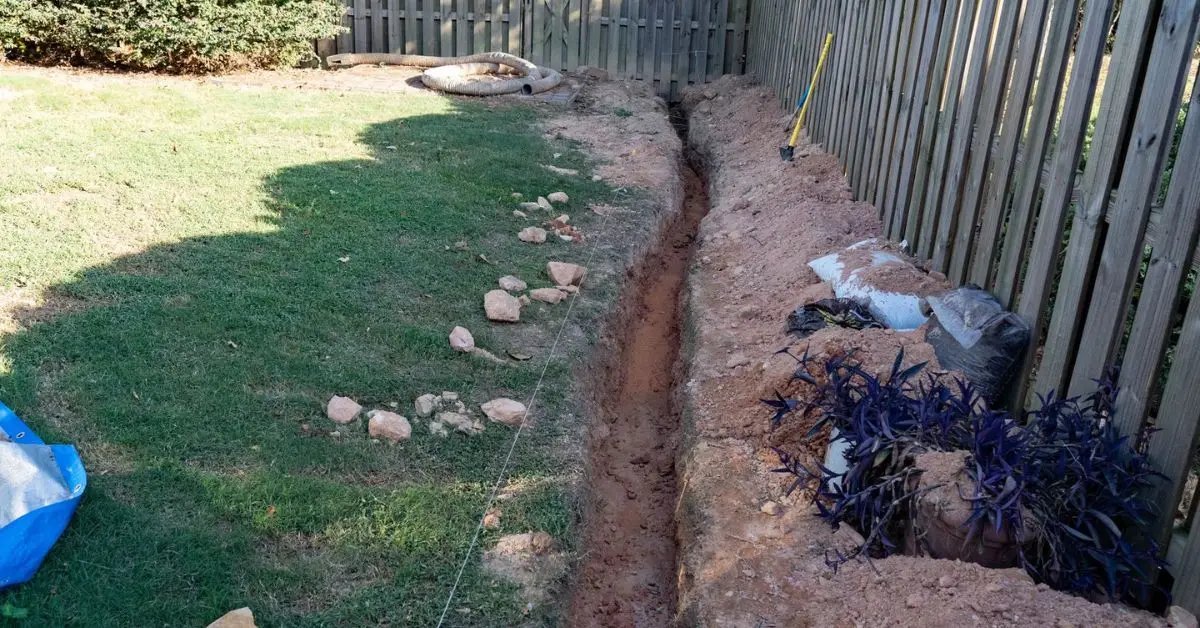
Drainage isn’t just about puddles after rain. It’s about how the entire property slopes. Water should flow away from the foundation—not toward it. Even a slight tilt in the wrong direction can send moisture seeping into the crawlspace, cracking the foundation, or triggering mold issues behind your walls.
Walk around the outside. Are there dips or low spots? Do the gutters send water directly toward the house? Are downspouts missing extensions? If you’re buying during dry season, these clues are your only red flags.
Check local flood maps. Even if it’s not an official flood zone, poor grading means bad drainage—and future water damage.
2. Roof Age, Layers, and Hidden Damage
Everyone glances at the roof during a showing. Maybe you ask if it leaks. Maybe the inspector walks around up there. But here’s what most people miss: roofs don’t fail overnight. They fail slowly, and often quietly.
You need to ask:
- How old is the roof, not just whether it “looks fine”?
- How many layers of shingles are on it?
- Are there signs of past patch jobs, mismatched shingles, or sagging around chimneys or vents?
A newer roof with proper ventilation and flashing might buy you 15–20 trouble-free years. But a 15-year-old roof with two layers of shingles and poor ventilation? That’s a ticking time bomb.
Also, many sellers won’t mention past leak damage—especially if the stains were painted over or patched. Always ask for roof replacement records or permits, and have your inspector check the attic for signs of water intrusion or mold. That’s where the truth lives.
Most online checklists vaguely say “check the roof,” but don’t guide buyers on how. This section gives you the deeper questions and red flags that typical inspections skim over.
3. Electrical Panels, Circuits, and GFCI Protection
It’s easy to walk through a house, flip a few switches, and assume the electrical system’s in good shape. But surface-level checks don’t tell you what’s behind the walls—or inside the panel.
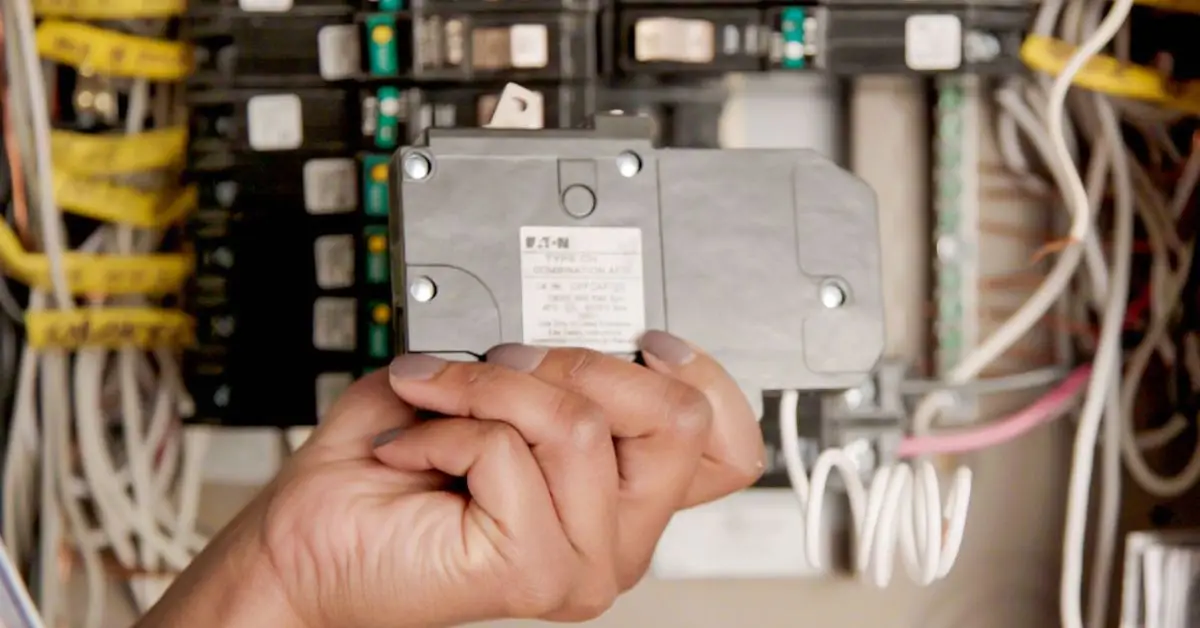
A smart homebuyer should look at:
- The age and brand of the electrical panel (some older brands are serious fire hazards)
- Whether outlets near water (kitchen, bathrooms, garage) have GFCI protection
- If there’s a tangle of wires, double-tapped breakers, or scorch marks in the panel
Many homes—especially those built before 1990—don’t meet today’s safety codes.
If you’re buying an older home, you’re dealing with a different set of risks entirely. Here are 10 must-know tips before buying an older home—especially if the wiring, plumbing, or materials haven’t been updated in decades.
GFCI outlets didn’t become common until the mid-‘70s, and older homes might not have had updates since. That means you or your inspector needs to manually test these outlets and inspect the panel thoroughly.
If you’re unsure what a GFCI outlet even is, or why it matters, the U.S. Consumer Product Safety Commission offers a clear breakdown here.
It’s not just about safety—it’s also about cost. Rewiring a home or replacing a panel can cost thousands. Better to know now than after you move in.
4. Plumbing Shut-Offs, Water Pressure, and Hidden Leaks
Turning on a few taps during the walk-through doesn’t count as a plumbing check. If you’re only looking at water flow, you’re missing some of the most common (and expensive) problems buyers face post-move-in.
Here’s what smart buyers inspect:
- Main water shut-off valve: Is it accessible? Does it even work? You’ll need it fast if a pipe bursts.
- Water pressure: Test all faucets. Weak flow might mean sediment buildup or old, clogged pipes.
- Drain speed: Slow drains can signal blockages or bad slopes.
- Under-sink leaks: Open every cabinet and look for staining, mold, or corrosion.
Also, don’t skip the washing machine hookups. Old, crusty hoses and missing drain pans are a flood risk waiting to happen.
Want to understand just how common—and costly—leaks are? According to the EPA, household leaks waste nearly 1 trillion gallons of water annually in the U.S.
That’s not just waste—it’s money and potential damage hiding in the walls and floors.
5. HVAC Operation, Maintenance, and Filter Neglect
The house feels cool during your tour? That doesn’t mean the HVAC is in good shape. Most buyers and even some inspectors skip a real systems check—and end up footing the bill for neglected or failing equipment.
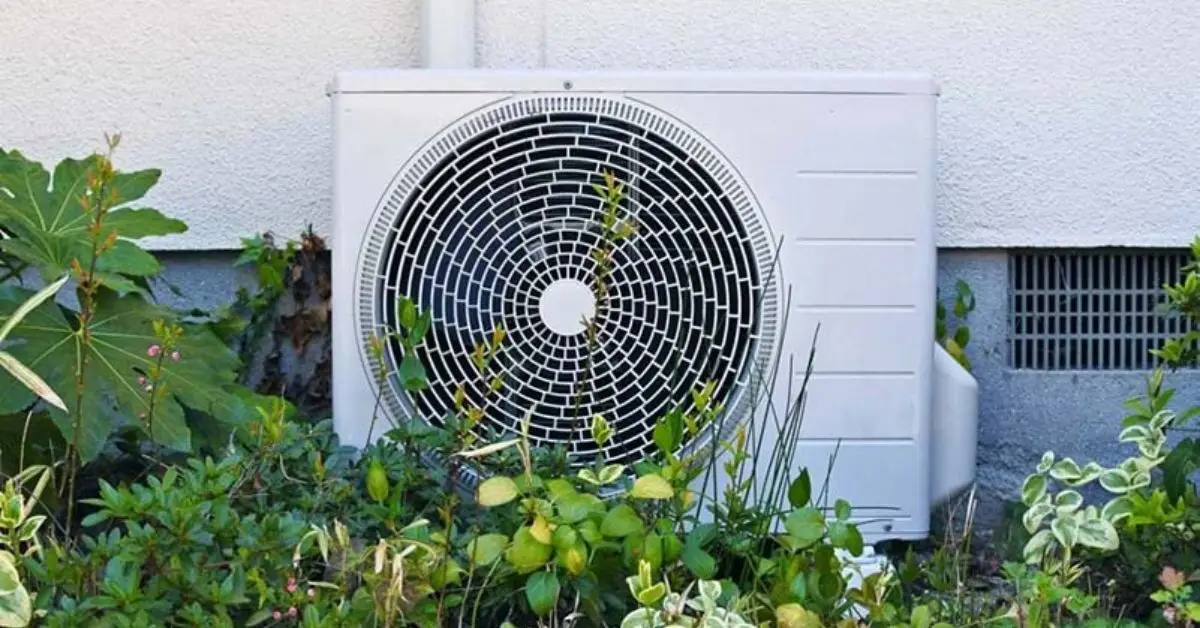
Here’s what to inspect or ask about:
- System age: HVAC units typically last 10–15 years. If it’s older, budget for replacement.
- Filter condition: A dirty or missing air filter signals poor maintenance—and possible internal wear.
- Ducts and airflow: Are all rooms evenly cooled or heated? Weak airflow may mean duct leaks.
- Thermostat: Is it programmable? Does it respond properly?
Poor HVAC upkeep doesn’t just affect comfort—it can drive up your energy bills and reduce air quality. A poorly maintained HVAC system can increase energy use by up to 30%.
Ask for maintenance records, and if possible, have your inspector run both heating and cooling modes—even in summer. Many problems only show up under load.
6. Insulation, Attic Ventilation, and Mold Signs
The attic is where many hidden problems live—and most buyers barely peek inside. That’s a mistake.
Poor insulation or ventilation in the attic can lead to temperature swings, sky-high energy bills, and even structural damage. Worse, it’s often where mold starts growing unnoticed.
Here’s what to check or ask your inspector:
- Insulation depth and coverage: Is it patchy or outdated? Compressed insulation loses effectiveness.
- Ventilation: Look for soffit vents, ridge vents, or gable vents—without airflow, moisture builds up fast.
- Water stains or musty smell: Could signal roof leaks or previous mold.
- Rodent or pest droppings: Another sign the attic’s been ignored.
Mold in attics is especially dangerous because it can go undetected for years—and it’s expensive to remove. Mold exposure can cause respiratory issues, worsen asthma, and lead to long-term indoor air quality problems:
Most sellers won’t talk about it. Some don’t even know it’s there.
Why this matters: SERP competitors mention insulation in passing, but rarely tie it to ventilation, mold risk, and health concerns. This section gives buyers a full-picture view—and helps them avoid a costly, unhealthy surprise.
7. Foundation Cracks, Crawlspaces, and Shifting Floors
When people hear “foundation issues,” they imagine massive visible cracks. But in reality, the early signs are subtle—until they become expensive.
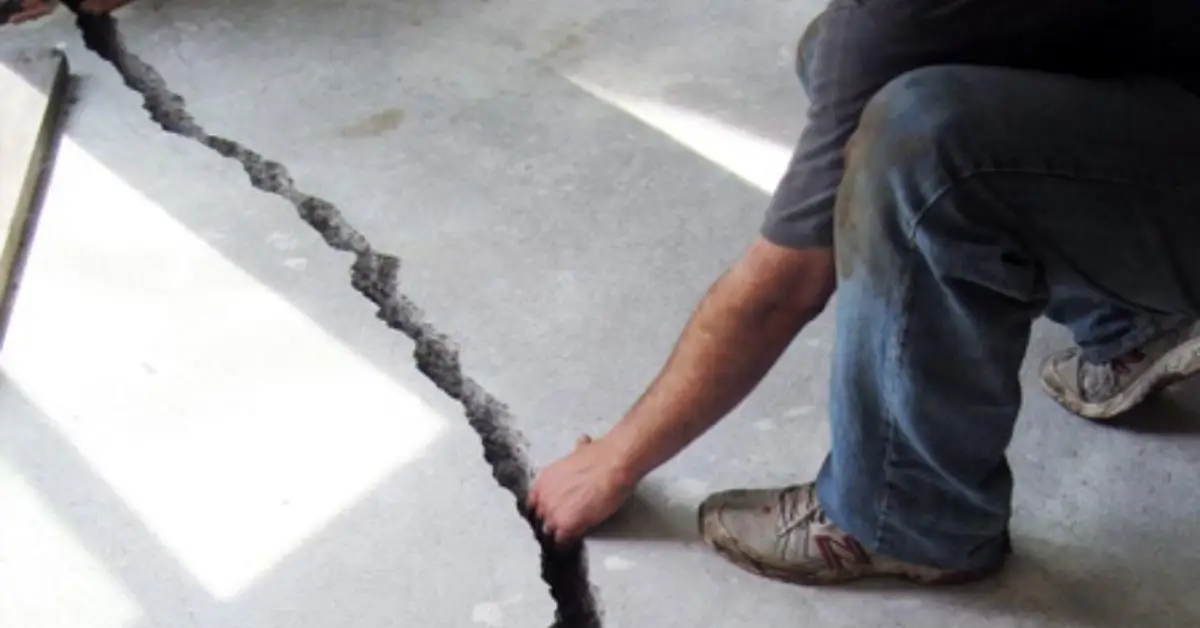
You should be looking for:
- Hairline cracks in foundation walls or basement floors
- Doors or windows that stick or won’t close properly (a classic sign of shifting)
- Sloping floors—drop a marble and watch if it rolls
- Crawlspace moisture or musty smells (if applicable)
Even if cracks seem minor, they can signal structural movement or poor drainage—especially when combined with evidence of moisture.
And that’s not counting the stress of trying to sell a home with a flagged foundation report down the road.
8. Gutters, Downspouts, and Water Flow Direction
You’d be surprised how many serious problems start with something as simple as a clogged gutter.
Water that doesn’t drain properly can damage siding, rot fascia boards, erode soil, and worst of all—seep straight into your foundation or basement. It’s not dramatic at first. But it’s relentless.
During your inspection, look for:
- Clean, attached gutters with no sagging or overflow marks
- Downspouts that extend at least 4–6 feet away from the home
- Signs of erosion or pooling water at the base of the house
- Moss, algae, or staining on siding—these are clues of past overflow
According to Redfin, maintaining clean gutters and functional downspouts is one of the top ways to prevent moisture intrusion and preserve your home’s exterior.
Yet, this part often gets skipped because it seems minor. It’s not.
9. Signs of Pests, Termites, and Past Infestations
You won’t always see termites. That’s the scary part.
Many buyers—and even inspectors—miss the subtle clues of pest damage. But ignoring this step can lead to costly repairs later. Termites, carpenter ants, and rodents don’t just ruin wood; they weaken structures and cause hidden safety issues.
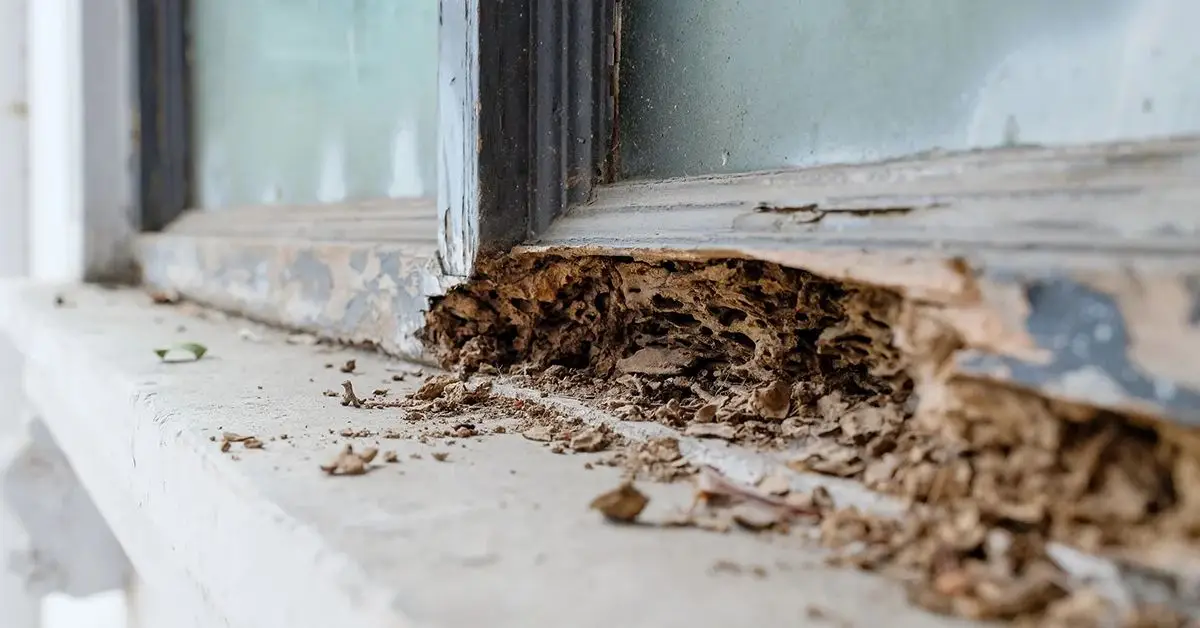
What to check for:
- Mud tubes along foundations or in crawlspaces (a termite highway)
- Tiny pinholes in drywall or wood
- Soft or hollow-sounding baseboards
- Pest droppings in attics, garages, or under sinks
- Sawdust-like material (frass) around wood trim
Termites cause an estimated $5 billion in property damage every year in the U.S.—and most of it isn’t covered by homeowners insurance.
That number alone should make you take this seriously.
Ask if the home has had previous treatments or active pest bonds. And if anything looks off, bring in a licensed pest inspector before closing.
Why this matters: Termite or rodent signs are rarely on standard checklists—especially if the home looks clean on the surface. This section teaches you how to see what others miss, before it costs you thousands.
10. Permits, Easements, and Survey Conflicts
This is the kind of stuff people only find out after they move in—when it’s too late to back out.
You might love that finished basement or added deck, but were those upgrades done legally? Were permits pulled? What about easements that give your neighbor the right to access part of your yard? Or worse—property lines that don’t match where the fence actually is?
What to check or ask for:
- Permit records for major renovations (available at local municipal offices)
- Property survey from a licensed surveyor or the seller’s title documents
- Easements or encroachments listed in the title report
- Zoning restrictions, especially if you plan to build or renovate
The risk isn’t obvious—but it’s real. And it can turn your dream home into a legal headache.
Final Walk-Through: Don’t Just Check—Recheck Everything
By the time you reach the final walk-through, your mind might be on moving trucks and furniture layouts. But this is the last moment you have full control—use it wisely.
A smart walk-through isn’t just about confirming the house is still standing. It’s about verifying that:
- All agreed-upon repairs were actually completed
- Appliances and systems still function (yes, test them again)
- Fixtures, outlets, and plumbing haven’t developed last-minute issues
- Nothing has changed since the inspection—no new leaks, cracks, or damage
Treat it like a second mini-inspection. Bring your original inspection report and walk through each item. If repairs were negotiated, ask for receipts or contractor info.
Redfin offers a solid checklist for final walk-throughs, focused on catching last-minute issues before closing:
This isn’t about being paranoid—it’s about being smart. Once you close, the problems are yours alone.
And even after closing, here are 10 things to do immediately after buying your home—before you even think about moving in.
Many guides don’t emphasize the final walk-through or reduce it to a checklist. This section reframes it as a critical safety net, not a formality.
Summary & Smart Buyer Toolbox
Most home inspection checklists will tell you to look at the roof, plumbing, and electrical—but they rarely teach you how to look deeper. And that’s where problems start.
What you just read isn’t about being overly cautious. It’s about thinking like a homeowner before you become one. Because once you sign the papers, every missed detail becomes your responsibility.
To make this easier, here’s what you can do right now:
- Download a smart buyer checklist
- Compare it to your inspection report—what’s missing?
- Ask your inspector specific questions about each item, especially if it’s not in their standard process. Here are 12 questions you must ask a home inspector before buying—these can reveal hidden issues even the best checklist might miss.
- Request permits, repair records, and warranties before closing
- Don’t rush the final walk-through—print out your list and go room by room
If you want a copy of this checklist in printable form, just drop your email or message me. I’ll send you a version you can take with you on inspection day.
Your turn: What’s one thing you wish someone had told you before your first home inspection? Let’s swap stories—because smart buyers learn from each other.
Want more smart tips before you buy? Visit Build Like New for detailed guides, checklists, and homebuyer insights that help you avoid costly surprises.
Disclaimer: This article is for informational purposes only and does not replace professional inspection, legal, or real estate advice. Always consult qualified experts before making any home purchase decisions.


